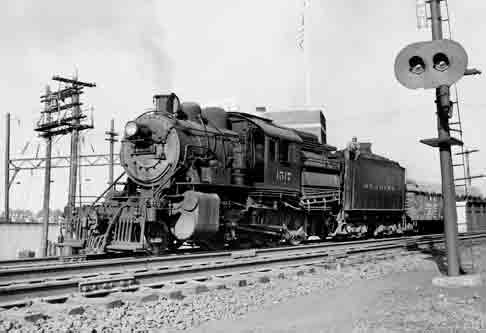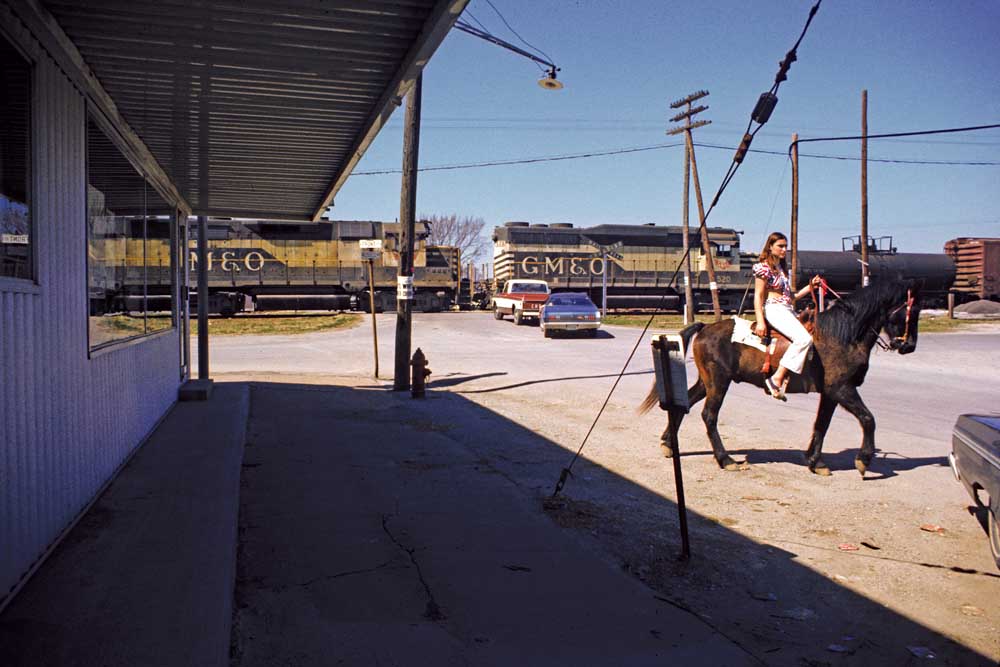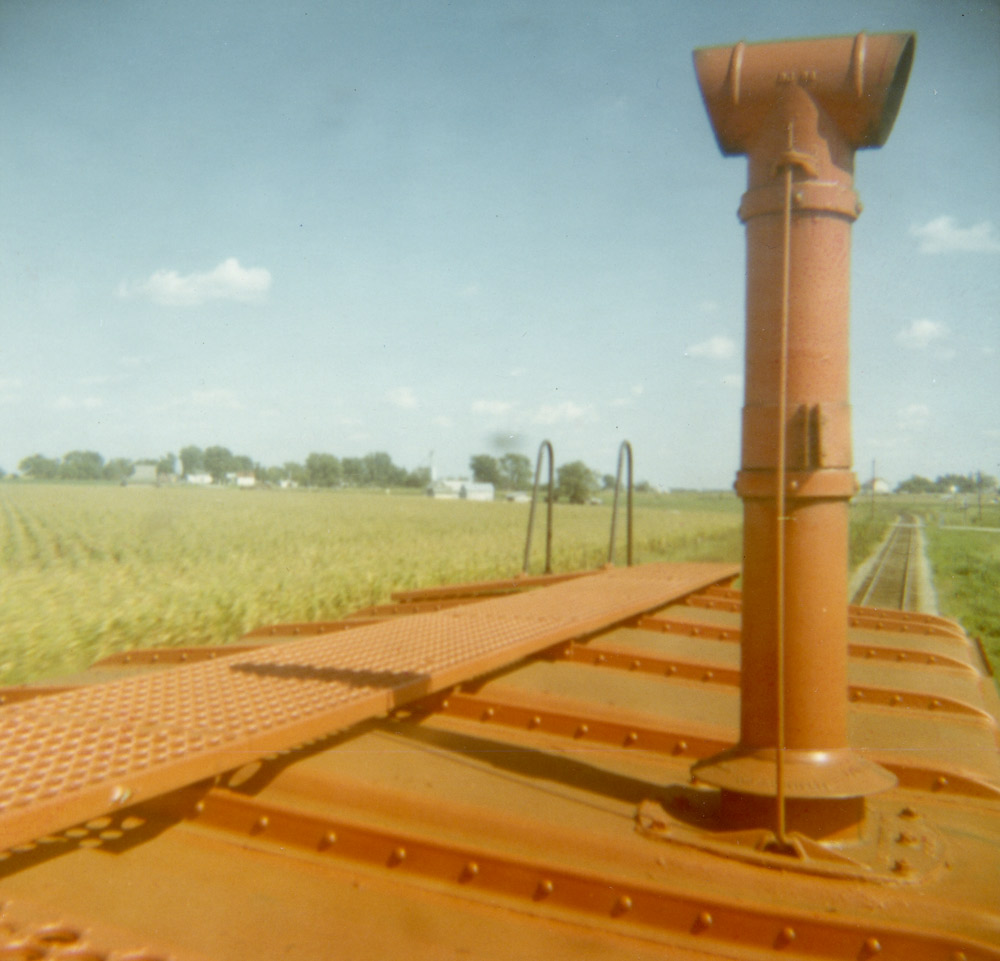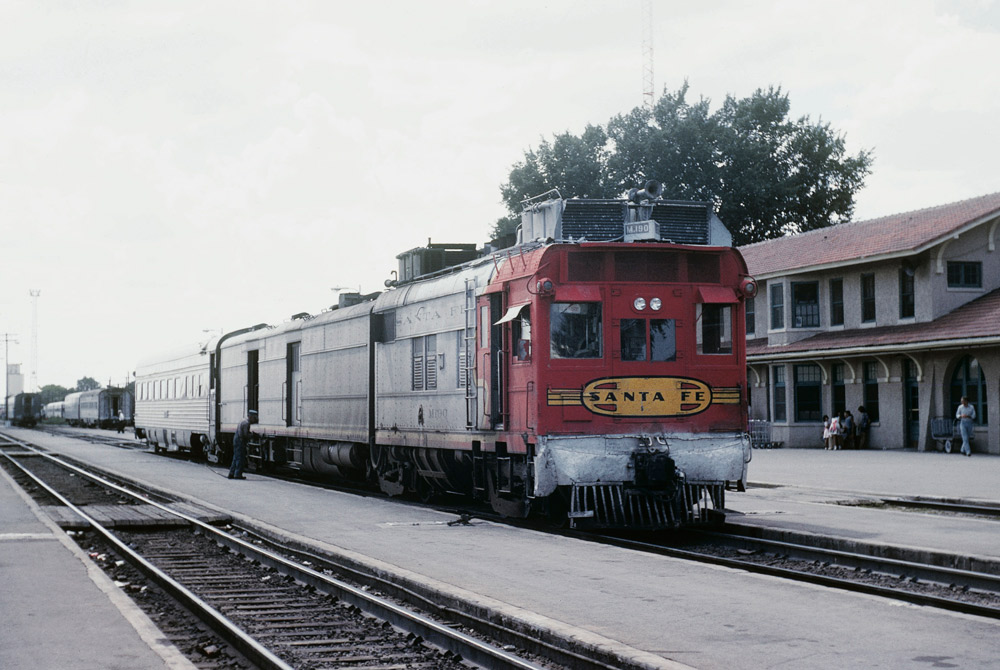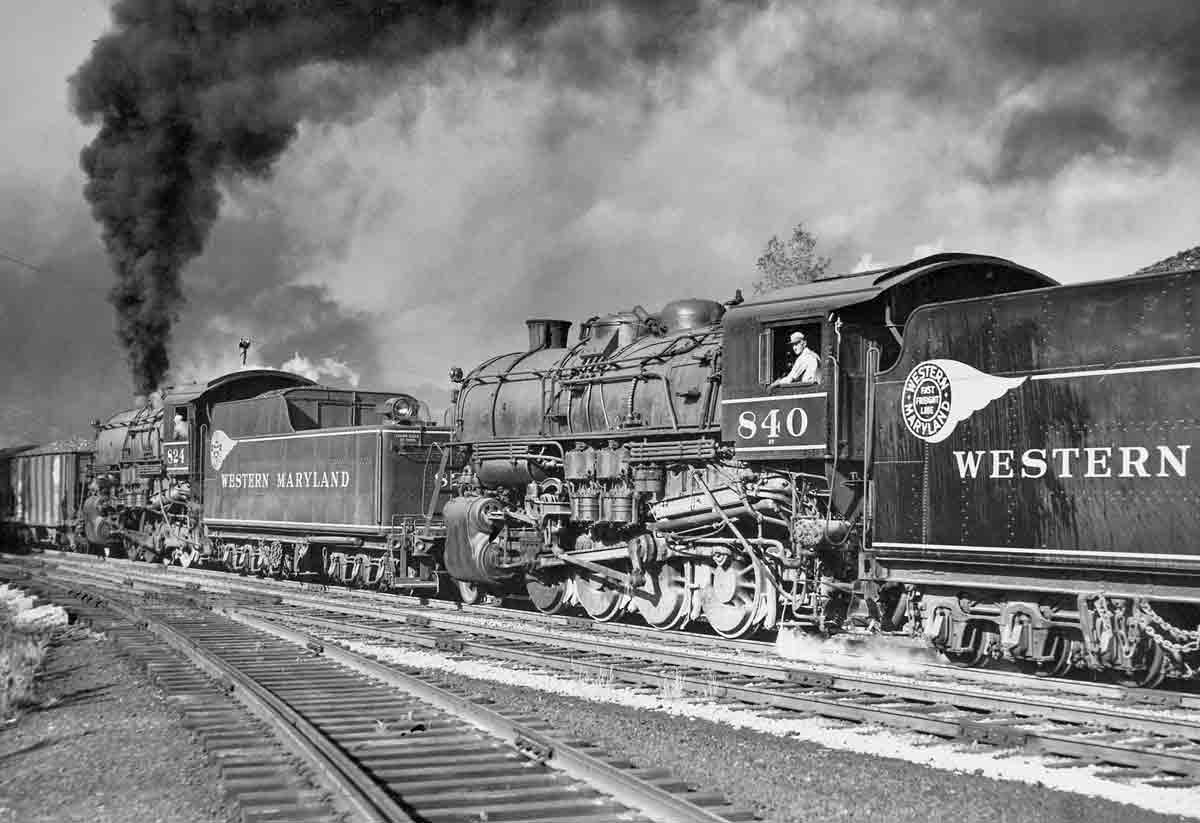The Pennsy above and Reading below the bridge were worlds apart in operations and technology. The W&N’s single, cinder-ballasted track seemed to reach Coatesville almost by chance after meandering over and around the scenic hills of rural Berks and Chester Counties in an endless procession of curves, then following the banks of the Brandywine through town. But the W&N enjoyed considerable freight traffic, hauled by Camelback locomotives in five regular weekday trains serving the steel mills of Coatesville and industries of Wilmington, Del. There was a passenger train, too; it carried an RPO car but very few travelers.
The PRR High Bridge spanned the W&N main track and part of its small yard, where an 0-6-0 Camelback switcher often could be found working. Sure enough, there she was up ahead, No. 1356, emitting the mushy chuff chuff of saturated steam as she pushed a string of gondolas filled with scrap iron over a track scale, then across a bridge spanning the creek and into the depths of the steel mill. As I hung on the top rail of an old wooden fence watching the switching operation, she came toward a dirt road crossing with her whistle emitting an ear-piercing shriek.
Then the unexpected happened. I saw my first W&N freight train materialize around a curve from the green hills to the north. She came clanking slowly along and, with a loud hiss of escaping air, stopped just short of the road crossing. Here was an I-8sb 2-8-0 Camelback, the standard freight hog of the W&N. This was symbol train RN4, the second of two such southbound trains, with about 50 cars in her consist. Rolling upon 611⁄2-inch drivers and also sporting a Wootten firebox, this engine looked big and fat, yet well-proportioned. She carried oil lamps on her smokebox, and there were two white flags denoting an extra train, but the flags were so filthy that they almost looked black.
The engineer climbed down from his center cab with a long-necked oilcan in hand. After exchanging greetings, I pointed to the flags and asked what color they were supposed to be. His reply was another question: “What color is my face?”
Well, now, his face was as dirty and filthy looking as those two flags, so my answer was black. This brought forth yet another question, “What color is my face supposed to be?” My reply then was white.
“That is correct, and the flags are the same,” came his snappy reply.





